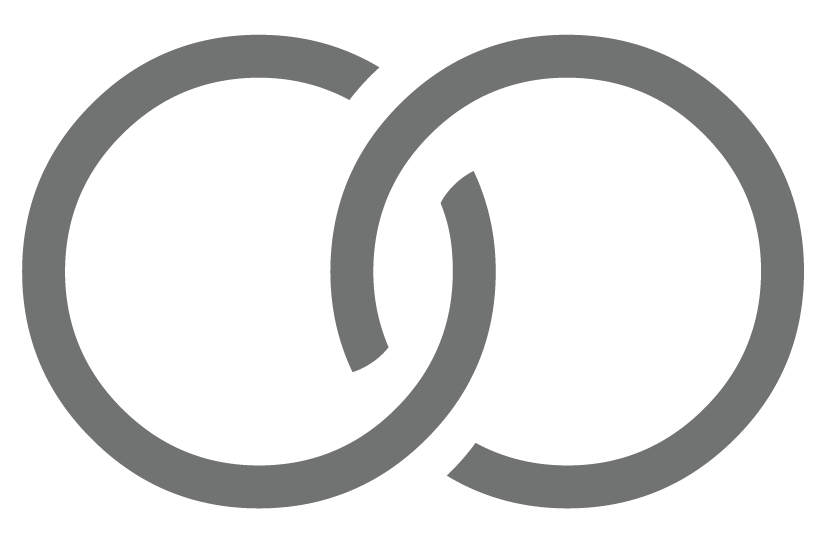
What is Provisional?
A provisional patent
is a type of initial patent application. This is an initial and important step in the patent process, which allows the inventor to "mark the territory" and claim rights to his idea temporarily.
What does it give to the inventor?
- Early filing date: The provisional application filing date serves as a "priority date." That is, if the inventor files a full patent application in the future, he will be able to rely on the filing date of the provisional application, even if he has published the idea in the meantime.
- Time to think: The provisional application gives the inventor more time to work on his idea and refine it before filing the full patent application.
- Cost savings: Filing a provisional application is usually cheaper than filing a full patent application.
What is the difference between a provisional application and a full patent application?
- Requirements: The provisional application is less formal than the full application. It does not have to include all the technical details required in the complete application.
- Rights: The provisional application does not grant the inventor exclusive rights to the invention. It only "saves" the date for him.
- Duration: The provisional application is valid for one year only. After that, the inventor must file a full patent application to continue the process.
To summarize:
A provisional patent is an important tool for inventors who want to secure their rights to a new idea but are not yet willing to invest the resources required to file a full patent application. It allows inventors to "try" their idea in the market and see if it has commercial potential without giving up the right to file a full application in the future.




